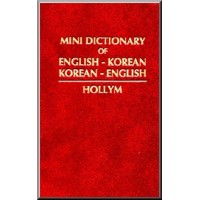


Once the immigrants realized the importance of the local language, they began to disseminate their religious teachings through that medium, in effect ushering in the vernacular print culture in India.

Among the pioneers in this arena, maximum attention is claimed by the Jesuit missionaries, followed by the Protestant Fathers and Hindu Pandits. They help to add voice to your writing.The introduction and early development of printing in South India is attributed to missionary propaganda and the endeavours of the British East India Company. Interjections can really liven up a sentence. Such examples are Wow!, Ouch!, Hurray!, and Oh no!. Interjection - An interjection is a word that shows strong emotion. Homographs - Homographs are words that may or may not sound alike but have the same spelling but a different meaning.Ĭomplex Sentence - A complex sentence is an independent clause joined by one or more dependent clauses. Homophones - Homophones are words that sound alike but they have different meanings and different spellings. Some examples are in, out, under, over, after, out, into, up, down, for, and between. Preposition - A preposition is a word that shows position or, direction.

Some examples conjunctions are: and, but, or, nor, although, yet, so, either, and also. It tells what kind, how many, or which one.Ĭonjunction - A conjunction is a word that joins words or word groups together. It may stand for a person, place, thing, or idea.Īdjective - An adjective is a word that describes a noun or pronoun. Proper Noun - The pronoun is a word used in place of one or more nouns. Nouns are the subject of a sentence.Ĭommon Noun - A noun that does not name a specific person, place or thing. Noun - A noun is a person, place, thing, or idea. They tell how much, how often, when and where something is done. Verb - A verb is a word that expresses an action or a state of being.Īdverb - An adverb describes how the action is performed.


 0 kommentar(er)
0 kommentar(er)
